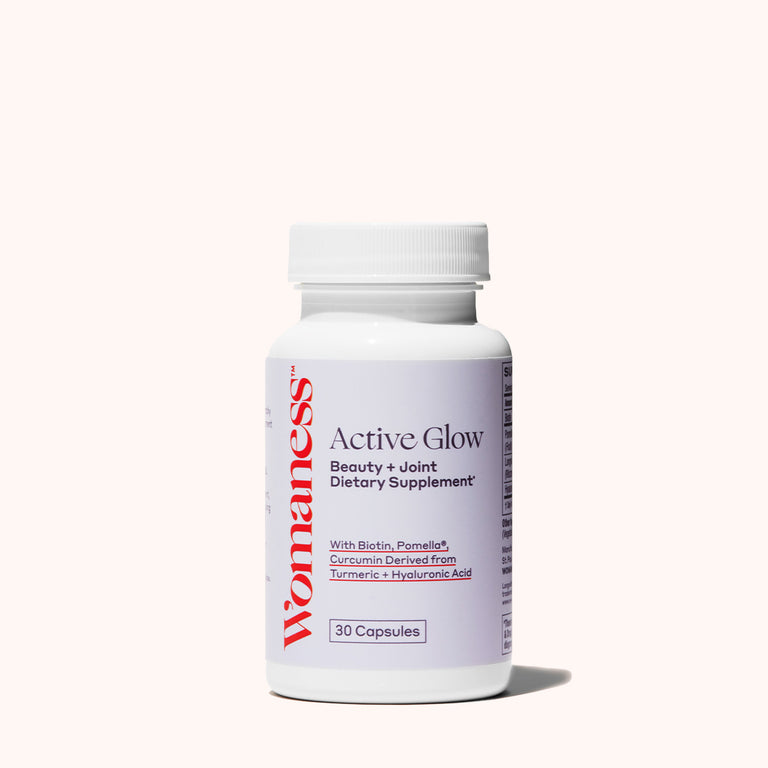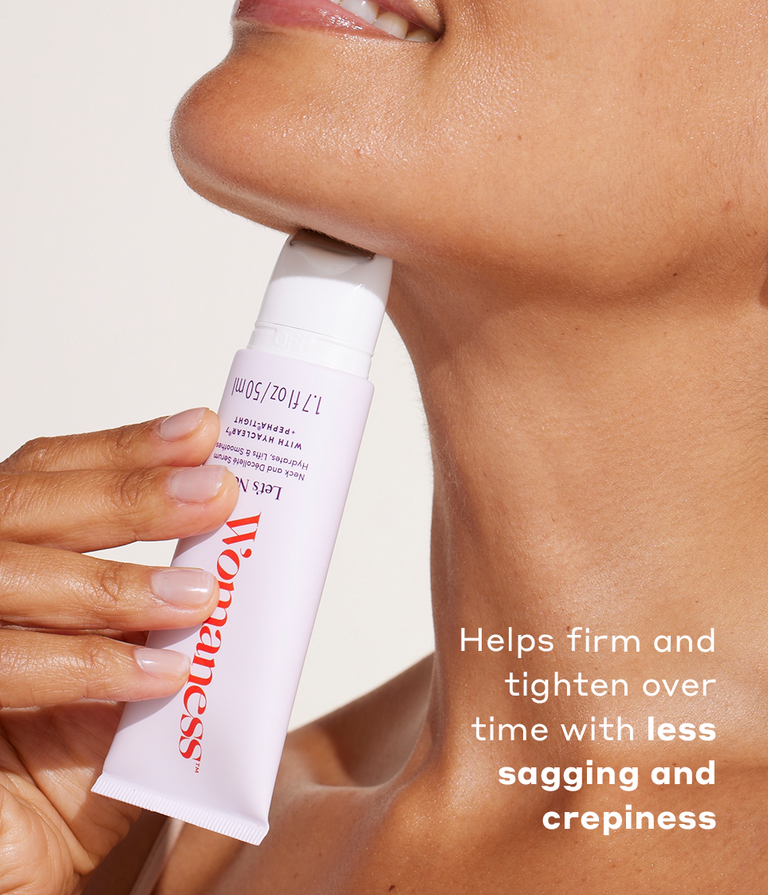By Kim Schlag, Personal Trainer & Nutrition Coach 4-Minute Read
 Kim Schlag is a personal trainer & nutrition coach who helps women over 40 age stronger, improve their body composition, and heal their relationship with food and their bodies through her eight-week course Fitter After 40.
Kim Schlag is a personal trainer & nutrition coach who helps women over 40 age stronger, improve their body composition, and heal their relationship with food and their bodies through her eight-week course Fitter After 40.
It can be challenging to know what to include in your workouts to get stronger, leaner, and more defined because there are just so many exercises. Today, you're going to learn the three lower body exercises that always appear in some form in my members’ programs each and every week.
Now, each of the three exercises has many variations, so members don’t do the same variation for forever. But they do some variation or another in each training cycle. I’ll walk you step by step through the first variation I use with beginners and how to progress from there.
SQUATS
 You’re likely familiar with squats. Even if you’ve never done a squat in an exercise setting, you for sure have done them in real life. (Unless, of course, you’ve never sat on the toilet and stood back up...)
You’re likely familiar with squats. Even if you’ve never done a squat in an exercise setting, you for sure have done them in real life. (Unless, of course, you’ve never sat on the toilet and stood back up...)
Squats are fantastic to strengthen and tone your thighs and glutes.
If you haven’t squatted before (or haven’t in a long time), start with the Squat To Box With A Reach. This variation helps you keep your chest up while grooving the squat pattern. See a full tutorial video HERE.
-
Stand with the corner of the box between your legs.
-
Legs shoulder width apart and toes turned out to about 10 and 2 o’clock.
-
Hold a light weight with both hands in front of your chest (the purpose here is not to lift as heavy as possible; the weight is just a counterbalance).
-
Brace your midsection as though preparing to receive a punch to the gut.
-
Break from your hips and knees at the same time and sit down.
-
While doing this, press the weight straight out in front of you.
-
Tap the box with your butt.
-
Push through your heels to stand back up.
COMMON MISTAKES:
-
Sitting too far back/reaching back with your butt.
-
Letting your knees cave in towards the midline of your body.
-
Dropping your chest and folding over.
-
Letting heels come up off of ground.
HELPFUL CUES:
-
Sit down between your legs.
-
Keep knees tracking in line with 3rd or 4th toe.
-
Pretend you are showing your nipples to someone 10 feet in front of you.
-
Feel your full foot on the floor.
How to progress: Try your hand at goblet squats next.
HINGES

Hinges are a money move for shaping the backs of your thighs and lifting your glutes. It’s the basic movement in the deadlift. Instead of moving up and down like a squat, a hinge is more of a forward and backward movement. People easily get the squat and hinge mixed up. Take a look to see the difference:

Before trying a hinging exercise, practice this door-shutting drill to learn the hinging pattern first:
-
Stand about a foot away from an open door.
-
Shut the door with your butt. To do this you push your hips back. (It helps to imagine you’re getting out of the car with your hands full. Know how you slam the door with your butt? Do that.)
-
Notice how your hips and butt go back not down.
How to progress: Once you’ve mastered that drill, grab two dumbbells, step away from the door and you’ll be doing a Romanian Deadlift. Get strong at these and you'll be amazed how strong and shapely the backs of your legs become.
LUNGES
 Single limb exercises like lunges are important for improving your balance and challenging your core. Lunges, like squats, are wicked effective at strengthening and shaping the front and inside of your thighs as well as your glutes.
Single limb exercises like lunges are important for improving your balance and challenging your core. Lunges, like squats, are wicked effective at strengthening and shaping the front and inside of your thighs as well as your glutes.
Let’s start with a static lunge. Here’s how:
-
Stand with feet about hip width apart.
-
Lean forward just slightly (like 10 degrees).
-
Brace abs like you're prepping for a punch.
-
Step back with one leg and sink straight down until knee is hovering just above the floor.
-
Keep front heel in contact with the floor and drive through it to come back to standing.
COMMON MISTAKES:
-
Stance too narrow.
-
Knee caving in toward midline of body.
-
Heel coming up.
-
Hips shifting to side.
HELPFUL CUES:
-
For stance width, imagine your feet are on parallel train tracks instead of on a balance beam.
-
Keep knees tracking over 3rd or 4th toe.
-
Pretend you have headlights on your hip bones. You want your lights shining directly forward throughout the move, not drifting off to one side or the other.
How to progress: Once you’ve mastered static lunges with bodyweight only, add a dumbbell in each hand.
So there you have it: squat, hinge, lunge. Build your lower body programs around getting strong in variations of these...and let the gains begin.
If you want more direct help consistently incorporating these forms of exercise into your life (including personalized form feedback), please check out my eight-week course Fitter After 40. It’s a complete system for women over 40 to get in their best shape yet, including nutrition, exercise, and mindset.
More in Health & Wellness
How to Start Excercising
3 Types of Exercises to Do in Menopause
The Ins & Outs of Intermittent Fasting in Menopause




